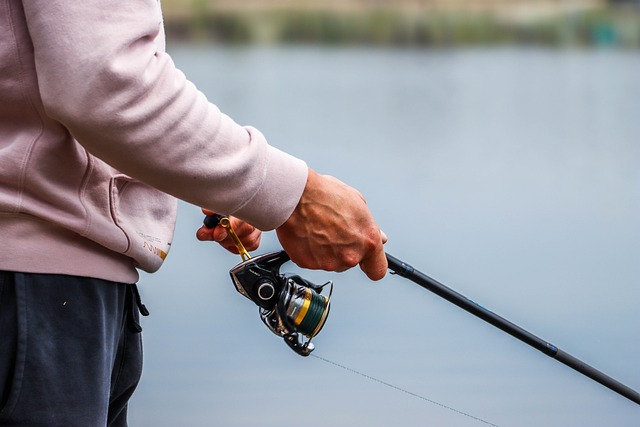Fishing is not just a hobby; it’s a timeless pursuit that demands the right tools for success. Whether you’re a seasoned angler or a novice just starting, selecting the appropriate fishing gear is crucial for an enjoyable and fruitful experience. In this guide, we’ll explore the key considerations and tips for choosing the right fishing gear to match your preferences and the type of fishing you plan to undertake.
Understanding Your Fishing Goals
Before diving into the world of fishing gear, take a moment to define your fishing goals. Are you aiming for a relaxing day at a local pond, an exciting offshore adventure, or perhaps fly fishing in a pristine river? Different fishing environments and target species require specific gear, so identifying your objectives is the first step toward making informed choices.
Consider the Fishing Rod
The fishing rod is the angler’s primary tool and comes in various lengths, materials, and actions. When choosing a fishing rod, consider the following factors:
Length: Longer rods generally cast farther, making them ideal for open waters, while shorter rods provide better control in tight spaces or when fishing from a kayak.
Material: Graphite and fiberglass are common materials for fishing rods. Graphite rods are lighter and more sensitive, suitable for detecting subtle bites, while fiberglass rods are more durable and offer better power for handling larger fish.
Action: Rod action refers to where the rod bends. Fast-action rods bend near the tip, providing sensitivity and quick hook sets, while slow-action rods bend closer to the handle, offering more flexibility and control.
Choosing the Right Reel
The fishing reel complements the rod, and selecting the right one depends on the type of fishing you intend to do:
Spinning Reels: Versatile and easy to use, spinning reels are great for beginners. They work well for a variety of fishing styles and are suitable for both freshwater and saltwater applications.
Baitcasting Reels: Ideal for more experienced anglers, baitcasting reels provide greater control and accuracy, making them popular for techniques like flipping and pitching.
Fly Reels: If fly fishing is your passion, choose a fly reel that matches the weight of your fly rod. Consider the drag system’s quality, as it plays a crucial role in handling strong and fast fish.
Selecting the Right Fishing Line
Choosing the correct fishing line is often overlooked but is crucial for success. Consider the following aspects:
Line Strength: Match the line strength to the targeted species. Lighter lines are suitable for smaller fish, while heavier lines are necessary for larger and more powerful fish.
Line Material: Monofilament, fluorocarbon, and braided lines each have their advantages. Monofilament floats and is cost-effective, fluorocarbon is nearly invisible underwater, and braided lines offer strength and sensitivity.
For the fly fishing enthusiasts, consider exploring professional fly fishing rods that offer precision and finesse, enhancing your experience on the water.
Picking the Appropriate Lures and Baits
Lures and baits come in various shapes, sizes, and colors, each designed to attract specific fish species. Consider the following when choosing lures:
Matching the Hatch: Choose lures that mimic the local bait fish or insects. This increases your chances of enticing the target species.
Water Conditions: Brightly colored lures are effective in clear water, while darker or more natural colors work well in murky conditions.
Lure Type: Crankbaits, jigs, soft plastics, and spinners all have their applications. Consider the fishing environment and the behavior of your target species when selecting lure types.
Additional Considerations
- Fishing Accessories: Invest in essential accessories like a tackle box, pliers, hook remover, and a fishing scale. These tools enhance your overall fishing experience and ensure you’re prepared for any situation.
- Local Regulations: Be aware of fishing regulations in your area, including size limits, catch-and-release rules, and restricted fishing zones. Adhering to these regulations promotes ethical angling and helps preserve fish populations.
Conclusion:
Choosing the right fishing gear is a personalized process that involves understanding your preferences, the type of fishing you plan to do, and the specific needs of your target species. By carefully considering the factors discussed in this guide, you’ll be well-equipped for a successful and enjoyable fishing experience. Remember that the right gear not only increases your chances of landing the big one but also enhances your connection with the timeless art of angling.







Recent Comments